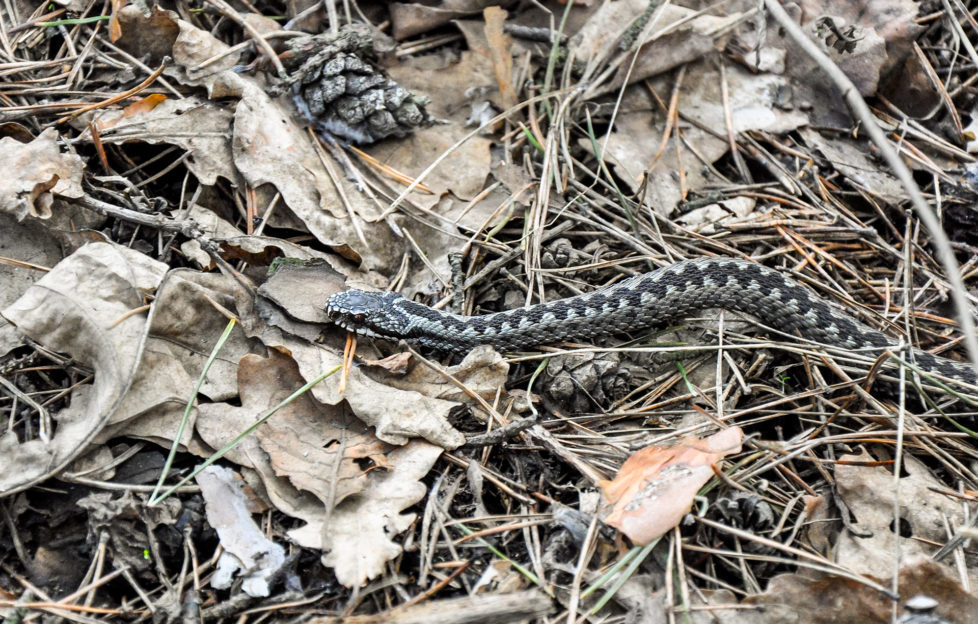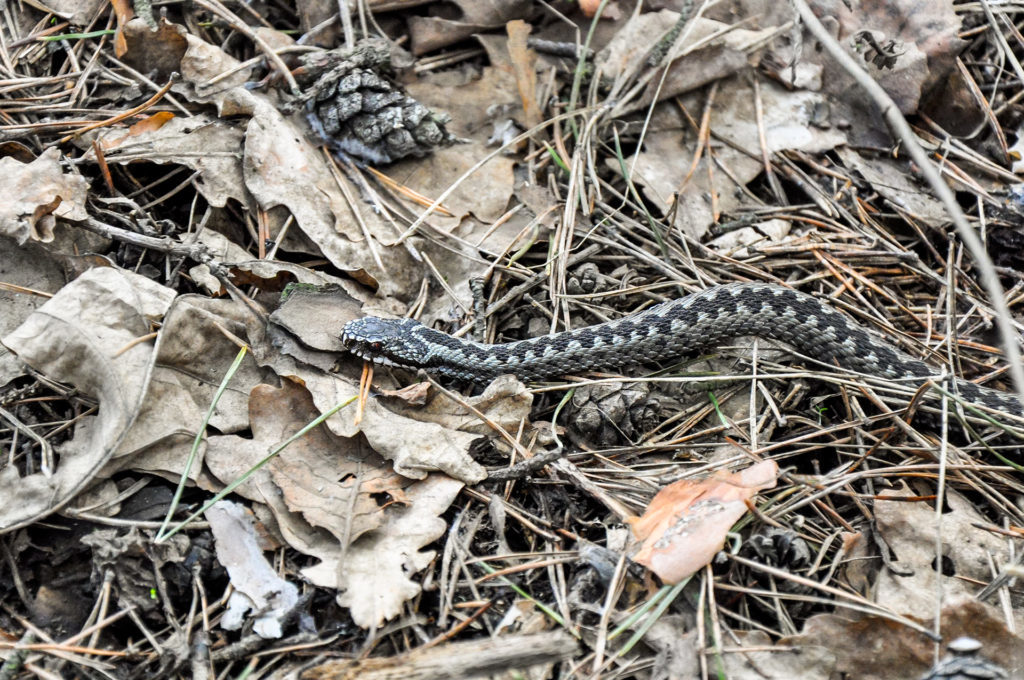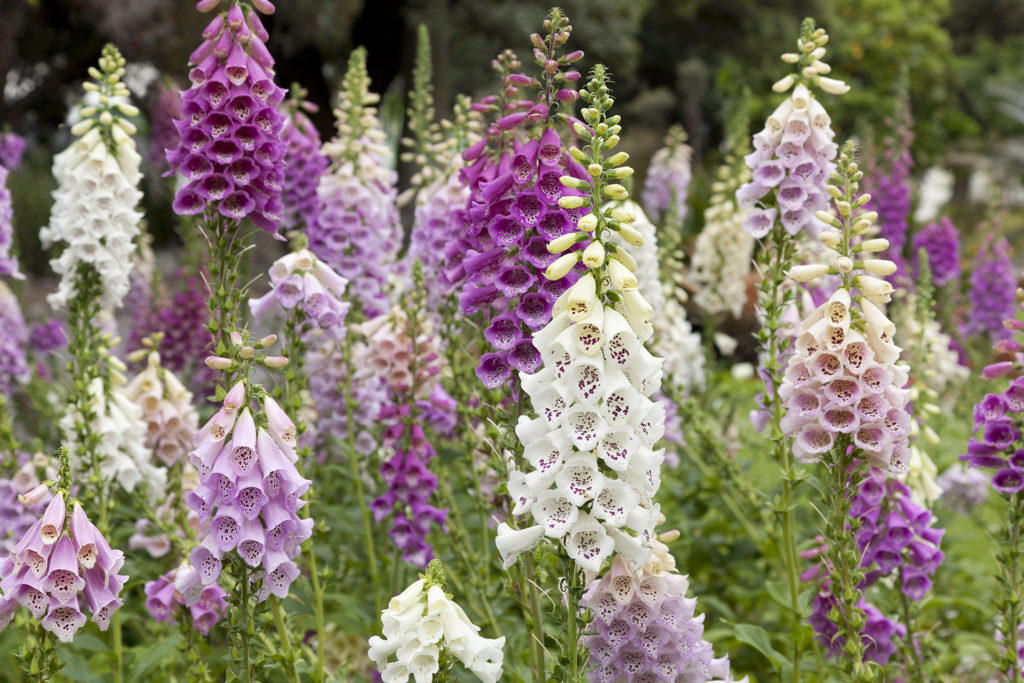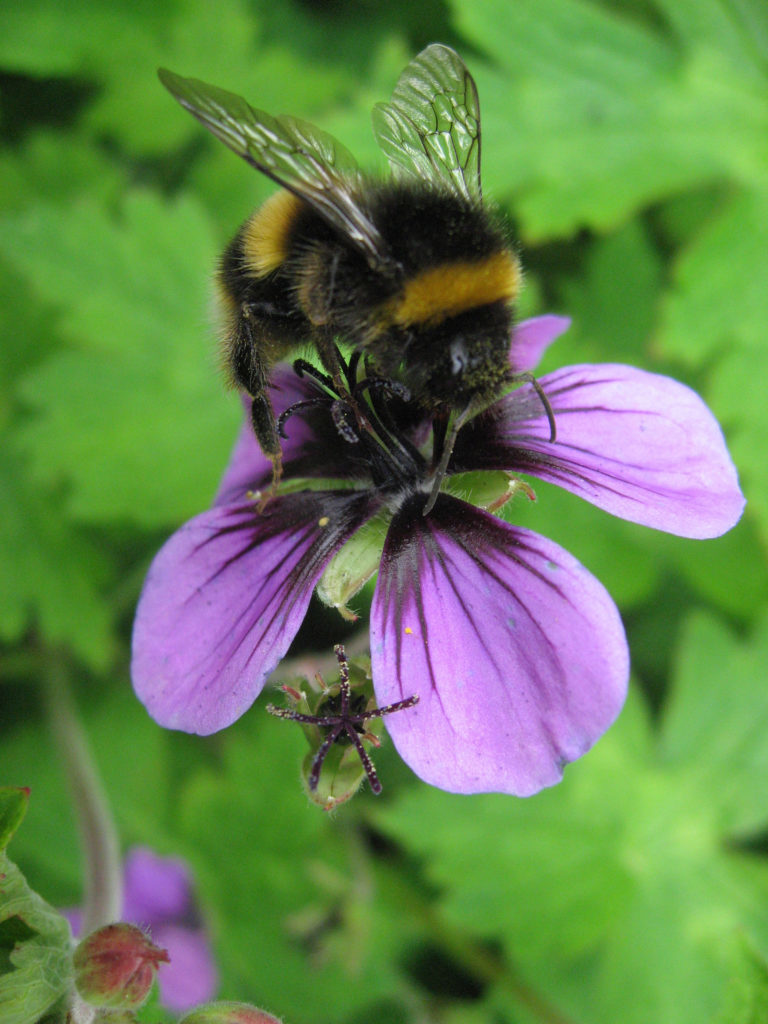10 Deadly Bugs To Stay Away From This Summer

With summer in full bloom Brits have been warned to avoid the ten deadliest creatures native to our shores.
The gardening and outdoor specialists at BillyOh are warning Britons to be extra vigilant around certain bugs and wildlife in the hot summer months, as some can be deadly.
UK Temperatures have been soaring and many of us will be heading for the open spaces in our shorts and T-shirts to enjoy some sun-drenched activities.
But whilst a day paddling on the seafront or playing barefoot ballgames in the park may sound like fun, there are a few critters ready to spoil the entertainment.
Biting spiders, weever-fish, scorpions and adders are just some of the dangerous and deadly wildlife lurking in long grass, sand, trees and wall crevices.
Charles Walton, CEO of BillyOh said: “When it’s a gorgeous sunny day, you want to be outside but it is important to be careful and protect yourself from certain bugs and wildlife that can do you harm. Whilst hornets, wasps and horseflies are some of the more obvious offenders, there are many others that you’d never know existed in the UK.
“Many are so small they can’t be seen with the naked eye and they dwell in the places you’d least expect in your home, local park and by the seaside.
“We’ve researched into the deadliest bugs and wildlife including where to find them and what to do if you encounter them, so you can be prepared.”
Here’s the list of the top 10 deadly bugs and wildlife:
1 Dust Mites
Dust mites inhabit homes in dusty corners, bedding and furniture and aren’t visible to the naked eye. They are so small that 7,000 can fit on a single fingernail. These tiny critters cause a host of allergies and can seriously exacerbate asthma symptoms. To get rid of them, regularly wash and dry bedding and furniture covers on a high heat and ensure that you clean thoroughly to ensure dust doesn’t build up.
2 Ticks
Ticks are tiny arachnids that feed on the blood of mammals, reptiles, amphibians and birds. As an endoparasite (a parasite which lives on the outside of a host), they are common across England and can be found in trees, grass, shrubs and piles of leaves. Once on the skin, they will migrate to warm, moist parts of the body to latch on and feed. To avoid being bitten take extra care when in the outdoors and always check your body after spending time outside in leafy green areas. If you find a tick, seek medical advice as they spread dangerous diseases such as Lyme disease.
3 Weever Fish
Weever fish are found in shallow areas of Britain’s waters and are so well camouflaged you can’t often see them. Around 15cm long and with a poisonous dorsal fin made of five spines, the weever fish will usually attack before and after low tide, injecting venom from its spines into beachgoers’ feet. It will feel like you’ve stepped on something sharp and the pain will get worse after half an hour and can cause headaches, fever, nausea, abdominal cramps and seizures. If you get stung by a Weever fish, seek medical attention immediately.
4 Ants
The warmer weather will bring ants out of their hiding spaces – you’ll be able to see them on the patio in the garden, walking along the pavement, crawling on the grass and they may even enter your home. If bitten by an ant, the area may become painful itchy and swollen, leaving a mark on your skin.
5 Horse Fly
You’ll know if you’ve been bitten by a horse fly as it will be painful and develop into a large, red, itchy and swollen bump within minutes. A horse fly bite cuts the skin instead of piercing it which is the reason for pain. Victims of the bite can experience a large raised rash, dizziness, wheezing, weakness and swollen body parts. You can treat horse fly bites with an icepack or damp cloth, but if the bite is on your face seek medical attention immediately.
6 Adders
Adders tend to hide in long grass and can attack with venomous fangs. There have been 14 adder related deaths recorded in the UK since 1876. To be safe, make sure you check your path if walking through long grass, most bites occur if a snake is stepped on.
7 Poisonous Plants
The plant to avoid this summer is Foxglove, whilst very beautiful it can seriously harm animal and humans – especially the elderly and the young. Naturally occurring toxins and pollen given off by this plant have a very negative effect on breathing if someone gets too close. If inhaled, symptoms include dilated pupils, drooling, vomiting, abnormal heart rate, tremors, seizures and even death. Seek medical attention immediately if any symptoms occur.
8 Bees, Wasps and Hornets
Bees, wasps and hornets are unpleasant, not only because they buzz around us when we’re enjoying our picnics in the sun, but when they sting it really hurts. Try to keep calm and avoid batting them off when they surround you as this will only anger them further and increase the chances of getting a painful sting. In some cases, a sting can also cause a severe allergic reaction called anaphylaxis. Emergency medical treatment is required for this, so if anyone stung is presenting symptoms such as swelling of the throat, difficulty breathing, rapid pulse or loss of consciousness call an ambulance or seek treatment immediately.
9 Biting Spiders
Common creepy crawlers in the UK include: the false widow spider, with its dangerous bite that can result in severe health complications, the woodlouse spider which has a very painful bite, the biting wasp spider which has a fat, 2p coin sized body and yellow and black alarming stripes and the mouse spider which has mouse like hairs growing all over its brown body and can give someone a noticeable, painful bite.
10 Yellow Tailed Scorpions
The yellow tailed scorpion lives in the cracks on the walls and can be found in areas such as London, Dorset and Hampshire, but they are slowly heading further North of the UK too. The scorpion has a nasty sting and can kill a human if they are allergic.







